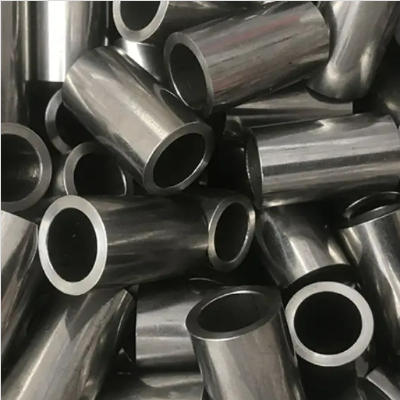Mobile:+86-311-808-126-83
Email:info@ydcastings.com
bearing end cover
Understanding Bearing End Covers Importance and Functionality
In various engineering applications, especially those involving rotating machinery, the components that facilitate smooth movement and stability are essential for optimal performance. One such critical component is the bearing end cover. This seemingly simple part plays a significant role in protecting bearings and ensuring the longevity and efficiency of the machinery they support.
Bearing end covers, also known as bearing caps or end shields, serve primarily to enclose and protect the bearing assembly. By forming a barrier, these covers prevent contaminants such as dust, dirt, and moisture from infiltrating the bearing system. This is particularly crucial in environments exposed to harsh conditions, where foreign particles can lead to abrasive wear and premature failure of bearings.
One of the key functions of bearing end covers is to maintain lubrication within the bearing assembly. Bearings require a lubricant—typically oil or grease—to reduce friction and wear between moving parts. End covers help retain this lubricant, preventing it from leaking out and ensuring that the bearing operates smoothly. Without adequate lubrication, bearings can overheat, degrade quickly, and ultimately fail, leading to costly repairs and downtime.
bearing end cover

Moreover, bearing end covers contribute to the structural integrity of the entire assembly. They help distribute loads evenly across the bearing, which is vital for reducing stress concentrations that can lead to material fatigue. By keeping the bearing aligned and supported, end covers enhance the stability of rotating components, which is particularly important in high-speed applications where precision is paramount.
In addition to their protective and supportive roles, bearing end covers can also enhance the overall aesthetic of a machine. Manufacturers often design these covers to align with the aesthetic themes of the machinery, ensuring that even functional components contribute to the overall look of the product. This is especially apparent in consumer-facing products where visual appeal is as important as functionality.
The materials used in the construction of bearing end covers are equally important. They are typically made from durable materials such as aluminum, steel, or high-performance plastics, which provide the necessary strength while also resisting corrosion. The choice of material may vary based on the specific application demands, including the required durability, weight considerations, and resistance to environmental factors.
In conclusion, bearing end covers are integral components that ensure the effective operation of bearing systems in various machinery. Their roles in protection, lubrication retention, load distribution, and aesthetic enhancement underscore their importance in engineering design. As industries continue to evolve and demand more efficient machinery, understanding and optimizing the design of components like bearing end covers will remain critical for ensuring reliability and performance. By focusing on the details of such components, engineers can contribute to the development of more robust and efficient systems that meet modern operational demands.
-
Why Should You Invest in Superior Pump Castings for Your Equipment?NewsJun.09,2025
-
Unlock Performance Potential with Stainless Impellers and Aluminum End CapsNewsJun.09,2025
-
Revolutionize Your Machinery with Superior Cast Iron and Aluminum ComponentsNewsJun.09,2025
-
Revolutionize Fluid Dynamics with Premium Pump ComponentsNewsJun.09,2025
-
Optimizing Industrial Systems with Essential Valve ComponentsNewsJun.09,2025
-
Elevate Grid Efficiency with High-Precision Power CastingsNewsJun.09,2025











